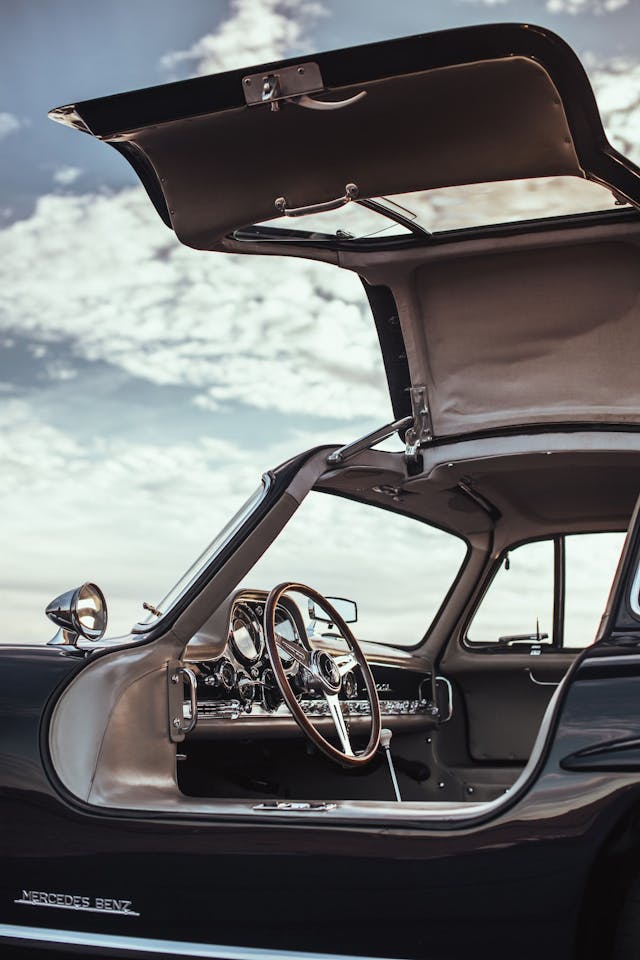No one seemed to know what to pay for a classic in 2021

What’s that classic car worth? Hagerty Insider and the Hagerty Price Guide largely exist to answer that simple question. And we hope you’ll agree we bring quite a bit of data, energy, and sheer old-car knowledge to the task. Yet it is worth remembering that the truest answer to the question is, “A classic car is worth precisely as much as someone is willing to pay for it.”
That proviso is always worth remembering, yet it’s become particularly apt in 2021. As prices for classics have gone up nearly across the board, so, it seems, has the variance that people are paying. The chart below tracks the 12-month moving average sale price for five classics. No surprise, those have ticked higher. However, we also tracked the upper range (75th percentile) and lower range (25th percentile) of what people are paying. The middle 50 percent of all sale prices over a 12-month window are within this range. The gulf between the two has grown wide this year, in some cases remarkably wide.
The poster child for this variance is the second-generation (2003–06) Dodge Viper. We've talked about the Viper's meteoric rise a lot here. It's been so quick, apparently, that buyers don't seem to know quite what to make of it. The gap between the sales that are near the top of observed prices and near the bottom has grown more than six times wider in 2021. (Again: We lopped off the top and bottom 25 percent of sale prices to knock out the outliers, such as never-been-driven wrapper cars.)
We might expect to see big gaps in what people are paying for emerging classics, as these cars are still in a price discovery period. It's entirely possible, even in the information age, that certain sellers and buyers haven't yet caught on to the 2nd-gen Viper's rise, whereas others are looking to get ahead of the curve.

More surprising is that we're seeing the same trend in blue chip classics, like the 300SL. You'd think buyers would "know" what these cars are worth by now and, in most years, you'd be right. The middle 50 percent of sales tend to fall very close to the mean in a typical year. Of course, 2021 isn't typical. We've seen the variance in what people pay for that car nearly triple since 2020.
Note that variance is different than volatility. We're not seeing prices skyrocket one month then tumble the next. Indeed, even the 25th percentile prices for the cars we tracked have been ticking upward as of late. What the increased gaps do tell us is that many purchases these days are not being made off of rationale or research. More so emotion and gut.
On the whole, this is good news. It means a savvy, patient collector should be able to find reasonable deals even in our red-hot market. And if you've gotta have it now? By all means, go for it and enjoy the drive. If we've learned anything in the last two years, it's that life is unpredictable and we should savor the moment. Just know that someone else may have a very different opinion on what your car is worth.

